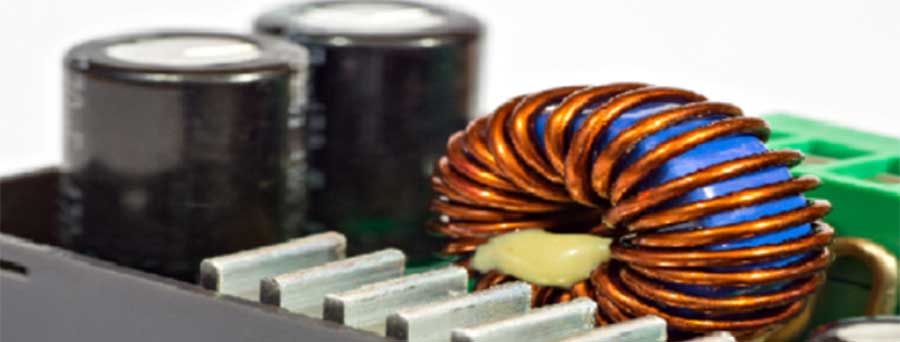Imagine an intricate audio system where a minute phase misalignment between primary and secondary circuits leads to perceptible distortions. Such discrepancies often originate from imperfect magnetic coupling in the system’s transformers. Proper winding in toroidal transformers becomes essential to mitigate such issues and improve magnetic coupling.
 A transformer’s magnetic coupling degree directly affects its efficiency and signal fidelity. Inefficient coupling can lead to leakage inductance, where part of the magnetic field generated by the primary winding doesn’t link with the secondary winding. This “leakage” is not just energy wastage; it can introduce phase lags and signal distortions, especially critical in sensitive applications like audio processing.
A transformer’s magnetic coupling degree directly affects its efficiency and signal fidelity. Inefficient coupling can lead to leakage inductance, where part of the magnetic field generated by the primary winding doesn’t link with the secondary winding. This “leakage” is not just energy wastage; it can introduce phase lags and signal distortions, especially critical in sensitive applications like audio processing.
Toroidal Transformers
Toroidal transformers, with their unique geometry, inherently offer superior magnetic coupling due to the circular path of the magnetic flux. However, winding strategies play a pivotal role in further enhancing this advantage. By incorporating the primary and secondary coils tightly and with good overlap, the entirety of the magnetic field generated by the primary is coupled to the secondary, minimizing leakage inductance.
Toroid construction techniques such as bifilar winding can be employed where primary and secondary wires are wound together. This ensures almost perfect magnetic field overlap, minimizing any potential for leakage.
Furthermore, optimizing the winding density and distribution ensures uniformity in the magnetic field throughout the transformer, reducing localized saturation points and promoting efficient coupling. While toroidal transformers inherently offer excellent magnetic coupling, engineers harness the art and science of winding strategies to ensure the most efficient energy transfer, especially in applications where precise signal representation is paramount.

